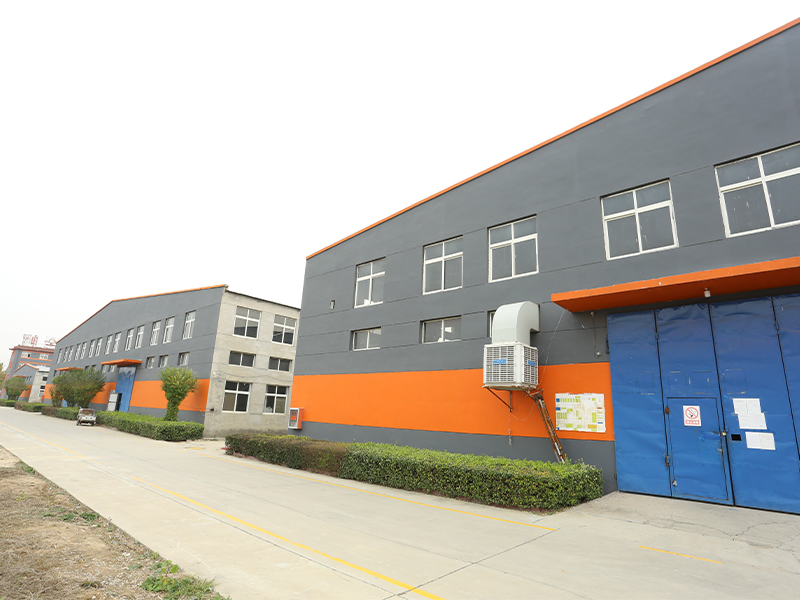Innovative Safety Clothing Solutions for Reusable Coveralls in China’s Protective Apparel Industry
The Rise of Reusable Coveralls in China’s Safety Clothing Sector
In recent years, the growing need for protective clothing has brought reusable coveralls to the forefront of safety apparel in various industries, including healthcare, construction, and manufacturing. In China, where rapid industrial growth and a significant focus on worker safety have coincided, the demand for reusable coveralls has surged. This shift is driven by a combination of regulatory requirements, environmental concerns, and advancements in textile technology.
The Importance of Protective Clothing
Protective clothing plays a crucial role in safeguarding workers from hazardous materials, harmful substances, and various occupational risks. Coveralls are designed to provide a barrier against these threats, making them essential in industries that involve exposure to chemicals, biological agents, or extreme temperatures. Traditionally, single-use coveralls made from non-woven disposable materials have been common; however, they have significant environmental drawbacks. With China's strict regulations on waste management and pollution control, the spotlight has turned toward more sustainable alternatives.
Benefits of Reusable Coveralls
1. Environmental Sustainability Reusable coveralls offer a more eco-friendly solution compared to their disposable counterparts. The production of single-use garments contributes to substantial textile waste, which poses a significant challenge to the environment. By adopting reusable coveralls, businesses can reduce their carbon footprint and align with China's initiatives aimed at promoting sustainability and reducing plastic waste.
2. Cost-Effectiveness Although the initial investment in reusable coveralls may be higher, their long-term cost benefits are undeniable. Companies can save money on bulk purchases and waste disposal fees associated with disposable garments. Given the durability of high-quality reusable coveralls, they can endure multiple washes, making them a more economical choice over time.
3. Enhanced Comfort and Versatility Advances in textile technology have led to the development of high-performance fabrics that offer better comfort, breathability, and flexibility. Reusable coveralls are often designed with ergonomic features, allowing for improved mobility and ease of wear. This versatility makes them suitable for various work conditions and environments, enhancing overall worker satisfaction and productivity.
china reusable coverall safety clothing

Market Trends and Innovations
The market for reusable coveralls in China has witnessed significant innovations. Manufacturers are increasingly incorporating smart textiles, which can include features like moisture-wicking, anti-microbial properties, and protective coatings that resist chemicals and stains. These advancements not only improve safety and comfort but also cater to the diverse needs of industries ranging from healthcare to heavy manufacturing.
Additionally, the rise of e-commerce platforms has facilitated better access to high-quality protective clothing. Companies can now source and customize reusable coveralls more conveniently, ensuring compliance with safety regulations while also addressing individual employee needs.
Regulatory Landscape
The Chinese government has implemented stringent safety regulations that mandate certain protective standards for worker apparel. Compliance with these regulations has encouraged industries to transition towards more reliable and sustainable options like reusable coveralls. Organizations aiming for certifications and enhanced safety ratings recognize the necessity of investing in proper protective equipment, thus further driving demand for reusable solutions.
Conclusion
As China continues to focus on industrial safety, environmental protection, and sustainable practices, the adoption of reusable coveralls in the safety clothing sector is set to expand. This movement not only aligns with global environmental trends but also presents a significant opportunity for businesses to enhance their commitment to worker safety and corporate responsibility. By investing in reusable coveralls, companies can achieve a balance between efficiency, safety, and sustainability, ultimately contributing to a safer work environment for all.
-
Fire Safety Helmet: Ultimate Protection for Firefighters
NewsAug.15,2025
-
Women's Safety Clothing Canada | Durable & Certified PPE
NewsAug.14,2025
-
Women's Safety Clothing Canada: Shop Durable PPE
NewsAug.13,2025
-
Quality Safety Clothing & Reflective Workwear | Buy Online
NewsAug.12,2025
-
Safety Helmet with Visor for Ultimate Work Protection
NewsAug.11,2025
-
Durable Waterproof Safety Clothing | Buy & Customize
NewsAug.10,2025
